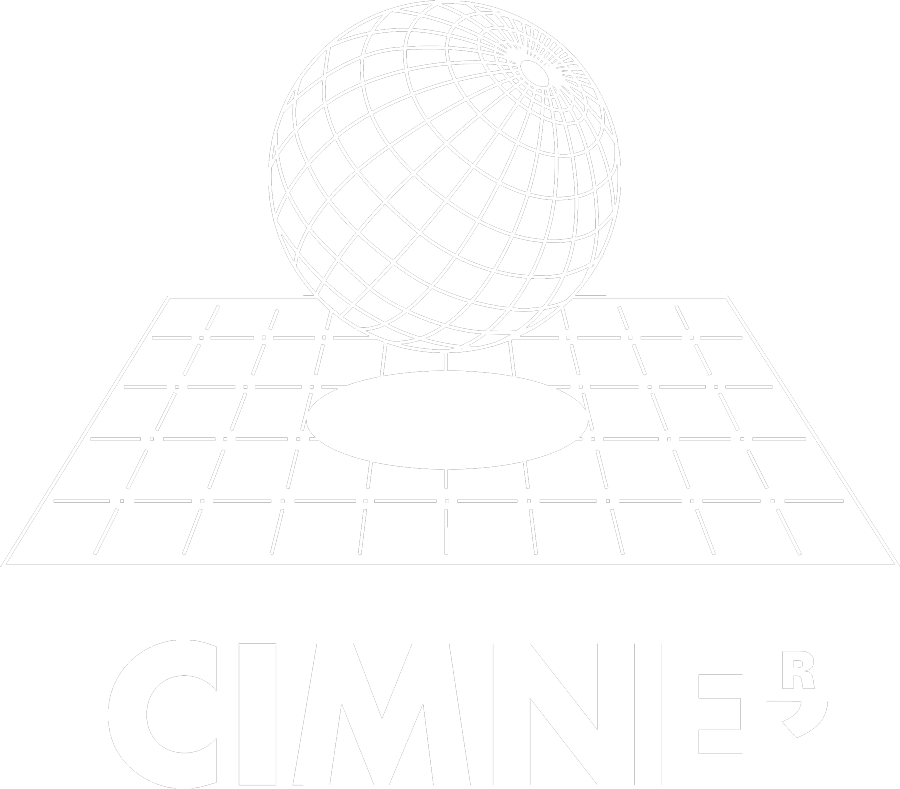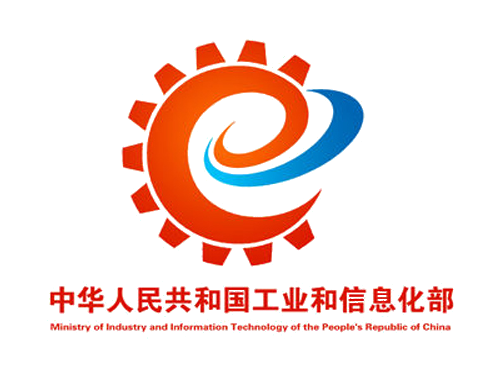The IMAGE project responds to the call in the Aviation area on the Topic H2020-MG-1.10-2015: “International cooperation in aeronautics with China addressing the specific area of common interest between Europe and China: “ Innovative methods and numerical technologies for airframe and engine noise reduction”
The “Expected Impacts” outlined in this topic of the work programme are outlined below:
- Mature the level of readiness of technologies and concepts,
- Achieve project results that will be of mutual benefit to the EU and Chinese sides, and
- Achieve a leveraging effect resulting from the coordination of research and innovation funding between the EU and China.
The IMAGE project is clearly targeted towards addressing the ambitious goals set out for European aviation in the new ACARE vision “Flightpath 2050” It is recognized that aviation has an impact on the environment and the EU citizens due to emissions (CO2, NOx, particulate matter, contrails) and noise to which the population is exposed. Furthermore, aviation generates around 2% of EU GDP and accounts directly and indirectly for 3.7 million jobs. The environmental impact of aviation is a global issue, not just a European one. It is therefore particularly appropriate that the IMAGE project directly addresses the topic “International cooperation in aeronautic with China”, thereby contributing to a favourable impact towards the greening of aviation in one of the world’s fastest-growing air transport markets.
The noise certification standard Chapter 14, introduced in 2013 by the International Civil Aviation Organization (ICAO) requires that new aircraft types are at least seven decibels (summed over the three assessment points) quieter than those built to the previous Chapter 4 standard. The purpose of the aircraft noise regulation as such is to ensure that the best noise technology continues to be used in future aircraft designs and, on the other hand, to facilitate a continuous development and improvement of innovative technologies. Such regulatory drivers of further aircraft noise reduction are particularly important considering the significant projected growth in global air traffic: by 2050, annual transportation of 16 billion passengers are expected (compared to 2.5 billion passengers in 2011) and 400 million tons of cargo.
Research will play a leading role in the process, and quantified goals have been detailed in the recent Strategic Research and Innovation Agenda (SRIA)2 recommended by ACARE as a means to achieving the Flightpath 2050 goals. This provides strong guidance as to how European research priorities should be set in order to address energy and environmental challenges whilst meeting market needs and preserving growth and European competitiveness worldwide. The highly challenging target for aircraft noise is to reduce the perceived noise emission of flying aircraft by 65% in 2050, relative to typical new aircraft in 2000. In 2050, Europe’s aviation industry must furthermore be underpinned b world-class capabilities and facilities in research, testing and validation as well as in education.
The introduction of regulations to reduce noise is acknowledged as mandatory if the aircraft industry, fuelling so many other economic activities, is to maintain growth. A recent analysis of air transport growth published in Dec 2014 showed that despite the recent financial and economic crisis, the number of air passengers carried in the EU-28 in 2013 was almost 5 % higher than its pre-crisis peak in 2008. In its 2006 mid-term review4 of the 2001 Transport White Paper, the Commission greeted a strong and sustained dynamism of air transport (Figure 2.1), which is set to continue to dominate the mid- to long-distance passenger travel market and to expand at a rate exceeding any other transportation mode. This has largely been fuelled by the advent of low-cost operators, which account for 25% of all intra-EU air traffic. It should be noted that a significant socio-economic contribution of low-cost carriers emerges through the activity they generate around the regional airports where their operations are based–often areas of low econo mic intensity.

Figure 2.1: observed and predicted growth in passenger transport activity, taking the activity in 2000 as reference (=100).
Transport activity is one of the main sources of greenhouse gas emissions and also gives rise to significant air pollution and noise, which can seriously damage human health and ecosystems. The effect of aircraft noise at the basic level is usually classified as “annoyance”, but it has be recognized that aircraft noise may cause more serious health-related effects. In a recent study in areas near Heathrow airport in London (Hanssel et al., 2013), it was shown that high levels of aircraft noise are associated to increased risks of stroke, coronary heart disease, and cardiovascular disease for both hospital admissions and mortality. There was also an increased risk of death from those diseases. A linked study of the health of more than six million Americans over the age of 65 living around 89 US airports found that, on average, their risk went up 3.5% for every extra 10 decibels of noise (Correia et al., 2013). As a result, aircraft noise is a high-profile issue that commands the attention of experts in the aviation industry, airframe and engine manufacturers, airline operators, the general public, health and occupational services.
Bearing the concerns of communities in mind, the industry has been working hard to reduce noise for decades. On average, aircraft are already 50% quieter today than they were ten years ago, and 75% quieter than the first generation of jet aircraft. It is estimated that the noise footprint of each new generation of aircraft is at least 15% lower than that of the aircraft it replaces.
In order to further leverage the benefits of technology development and to support EU competitiveness, innovative measures are continuously required to mitigate the acoustic nuisance associated with air traffic growth. Research contributing to the development of new airframe and engine technologies is clearly needed, as outlined in the Strategic Research & Innovation Agenda and Flightpath 2050 vision described above. In support of the Flightpath 2050 objective, a number of mechanisms involving Technology Integration Platforms and large-scale research test-beds have been encouraged. This vision has driven the elaboration of large-scale Joint Technology Initiatives such as the important CleanSky activities. It has however been acknowledged that the technological objectives won’t be achieved withou important breakthroughs based on fundamental research and detailed investigations of novel concepts.
Novel engine technologies (ultra-high by-pass ratio, serrated nozzles) have permitted considerable reductions of jet noise. However, any further increase in the by-pass ratio or jet mixing will be detrimental to weight, drag and overall performance. Likewise, zero-spliced liner technology has significantly contributed to reduced fan noise. However, despite intensive improvement and optimisation, new concepts will soon be needed on that front as well. In that respect, the Technology Readiness Level of flow and noise control approaches will have to be dramatically increased before these can deliver the next step change noise reduction in practice. To reach that stage, more fundamental research is required to obtain a deep understanding of the physical mechanisms involved. Upstream research such as in IMAGE is hence essential to achieve the goals set and furthermore complement the high-TRL activities of larger initiatives such as CleanSky2. The relatively small-scale test rigs described in this project permit cost-effective proof-of-concept studies, which are at this stage preferable to inherently expensive full-scale technology demonstrators.
These elements – better understanding of phenomena and new concepts to secure lon term benefits – were identified as necessary adjustments to the origina Strategic Research Agenda, explicitly put forward in the ACARE 2008 Addendum to the SRA5, together with another important point: strategic collaboration. As stated by the ACARE Group, the objectives reached through a strategic collaboration with countries such as China, Brazil and India will deliver benefit to European citizens, the European aerospace industry and to promote efficient international cooperation. Similar importance of global research collaboration is emphasised in the recommendations regarding Challenge 5 (prioritising research, testing capabilities and education) in the current SRIA. The sections below describe how IMAGE will contribute towards fulfilment of the technological objectives for the reduction of the perceived noise levels, whilst fostering successful strategic collaboration with China.


